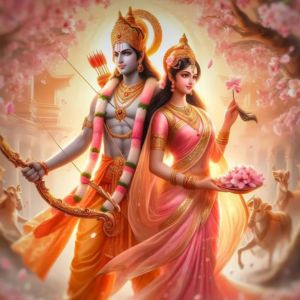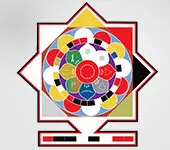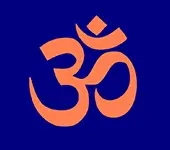Recommended for you
Seetharama Moola Mantra

hum jaanakeevallabhaaya svaahaa....
Click here to know more..Prasenajit - The Intelligent King

Everyone wondered, how did the king find out who had taken the gold coins? King Prasenajit said: this is called the power of deduction.....
Click here to know more..Budha Kavacham

asya shreebudhakavachastotramantrasya. kashyapa ri'shih'. anusht'up chhandah'. budho devataa. budhapreetyartham jape viniyogah'. budhastu pustakadhara....
Click here to know more..
English Topics
Mantra Shastra
Click on any topic to open
- 35 Why There Are Different Mantras For The Same Devata
- 34 Is Idol Worship Only For Beginners?
- 33 The Symbolism Of Madhu Kaitabha Story
- 32 Agneyastra
- 31 What is a beeja mantra?
- 30 How Mantras Have Got The Power To Manifest
- 29 Mantras Are Targeted Vibrations
- 28 What exactly is Tanmatra?
- 27 What are the qualities of a Guru?
- 26 Awareness levels of vibrations
Please wait while the audio list loads..
30
Ganapathy
Shiva
Hanuman
Devi
Vishnu Sahasranama
Mahabharatam
Practical Wisdom
Yoga Vasishta
Vedas
Rituals
Rare Topics
Devi Mahatmyam
Glory of Venkatesha
Shani Mahatmya
Story of Sri Yantra
Rudram Explained
Atharva Sheersha
Sri Suktam
Kathopanishad
Ramayana
Mystique
Mantra Shastra
Bharat Matha
Bhagavatam
Astrology
Temples
Spiritual books
Purana Stories
Festivals
Sages and Saints
